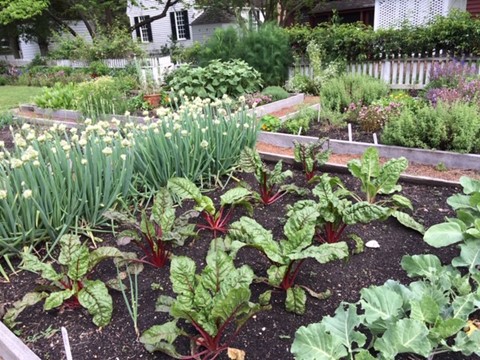Home Food Production: Tools and Soil Preparation
If you are starting a vegetable garden in an area that is already tilled, you probably have all the tools you need and the soil will not need much preparation. If you start from a lawn or untilled area, you will need some hand tools, and the soil will need attention.
Tools
Start with a few basic tools; a digging spade, garden fork, rake, and trowel are enough to get you started. If you decide to continue gardening, then is the time to add to your tool collection, as you can buy specific tools that you need. Buy the best tools that you can afford. They will be reliable, sturdy, and last for many years. Some of my best tools are 50 years old.
Soil Preparation
The first step in soil preparation is removing existing ground cover plants, weeds, stones, and debris. This is best done in the summer. An effective way to eliminate plants is to cover the ground with landscape cloth or an impermeable black cover. The increased heat and lack of light will kill most plants.
The next step, although it can be done concurrently with the removal of existing cover, is a thorough soil analysis. It will provide you with information on your soil and any components or nutrients it lacks, and the acidity of the soil. An ideal soil will have roughly equal proportions of sand and clay, 3-5% organic matter, and up to 50% airspace to give the soil a consistency of chocolate cake.
Plant nutrients are defined as macro- and micro-nutrients. The macronutrients are nitrogen (N), phosphorus (P), and potassium (K). Plants need many micronutrients but they are generally widespread in soil and will not need to be augmented. Depending on the area’s previous use, your soil may have an excess or a deficiency of any of these nutrients. The soil test will indicate whether your soil needs any amendments.
Soil Acidity
Most plants grow best in a slightly acidic soil – a pH of around 6.5. The soil test will indicate how far your soil is from this ideal and will provide information on what additives you need to apply to achieve the ideal. A too-acid soil is usually corrected by adding lime, while a too-alkaline soil is corrected by adding sulfur.

